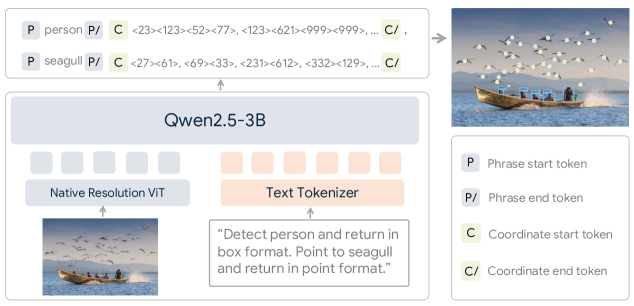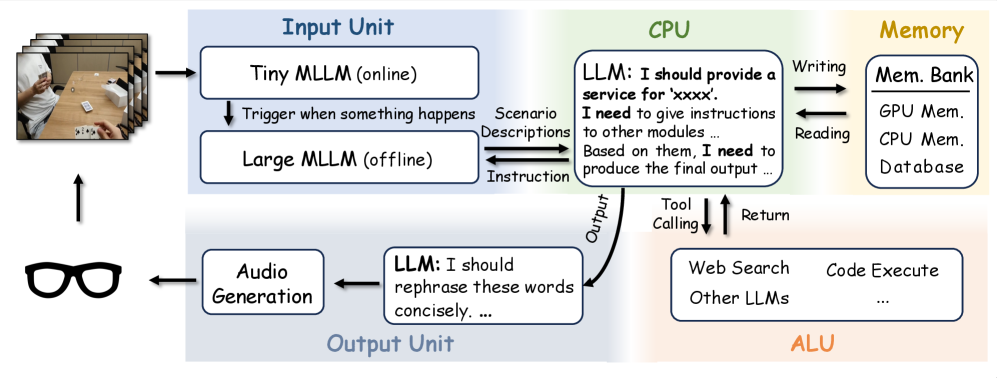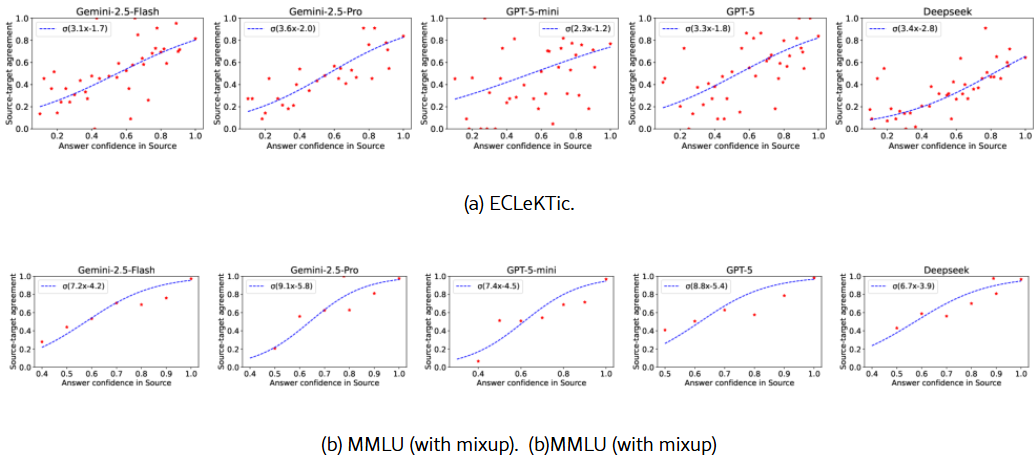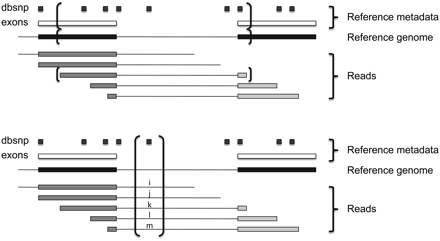AI Weekly Paper | New OCR Models, Multimodal Large Language Models, Next-Generation DNA Sequencing... Learn About the Latest Developments in Multiple Fields in One article.

Object detection has long been dominated by traditional coordinate regression-based models such as YOLO, DETR, and Grounding DINO. Although recent studies have attempted to utilize multimodal large language models (MLLMs) to handle this task, they still face challenges such as low recall, repeated predictions, and coordinate misalignment.
Based on this, the IDEA Center for Computer Vision and Robotics proposed Rex-Omni, a 3B-scale MLLM that achieves state-of-the-art object perception. On benchmarks such as COCO and LVIS, Rex-Omni achieves comparable or even superior performance to regression models (such as DINO and Grounding DINO) in zero-shot settings, paving the way for more general and language-focused visual perception systems.
Paper link:https://go.hyper.ai/wUhjs
Latest AI Papers:https://go.hyper.ai/hzChC
In order to let more users know the latest developments in the field of artificial intelligence in academia, HyperAI's official website (hyper.ai) has now launched a "Latest Papers" section, which updates cutting-edge AI research papers every day.Here are 5 popular AI papers we recommend, let’s take a quick look at this week’s cutting-edge AI achievements⬇️
This week's paper recommendation
1. DeepSeek-OCR: Contexts Optical Compression
This paper proposes DeepSeek-OCR as a preliminary exploration of the feasibility of long-context compression via 2D optical mapping. The model consists of two parts: a DeepEncoder as the encoder and a DeepSeek3B-MoE-A570M as the decoder. In a production environment, DeepSeek-OCR can generate over 200,000 pages of LLM/VLM training data daily (on a single A100-40G graphics card).
Paper link:https://go.hyper.ai/IkTwG

2. Detect Anything via Next Point Prediction
This paper proposes Rex-Omni, a 3-billion-parameter MLLM that achieves state-of-the-art object perception performance. In addition to traditional object detection capabilities, the model's inherent language understanding capabilities provide it with diverse generalization capabilities, including object reference, visual pointing, visual prompting, GUI localization, spatial reference, OCR recognition, and keypoint localization. All of these capabilities are systematically evaluated on dedicated benchmarks.
Paper link:https://go.hyper.ai/wUhjs

3. AI for Service: Proactive Assistance with AI Glasses
As artificial intelligence evolves from a passive tool to an active and adaptable partner, this paper proposes a new paradigm: AI for Service (AI4Service), aiming to enable proactive, real-time assistance in daily life. Researchers believe that a truly intelligent and helpful assistant should be able to anticipate user needs and proactively take action when appropriate. To achieve this vision, the researchers proposed Alpha-Service, a unified framework. As an initial exploration, they implemented Alpha-Service through a multi-agent system deployed on AI glasses.
Paper link:https://go.hyper.ai/ehj6M

4. Rethinking Cross-lingual Gaps from a Statistical Viewpoint
This study proposes a different perspective, assuming that the variance of target language responses is the main reason for the cross-language gap. It formally defines the cross-language gap from the perspective of bias-variance decomposition for the first time and demonstrates that a simple prompt instruction can effectively reduce response variance, improving the target language accuracy by 20% to 25% across different models.
Paper link:https://go.hyper.ai/lhy5T

5. The Genome Analysis Toolkit
This article introduces the Genome Analysis Toolkit (GATK), a structured programming framework based on MapReduce functional programming principles. It aims to simplify the development of efficient and robust analysis tools for next-generation DNA sequencers. GATK provides a concise yet feature-rich set of data access patterns that cover the needs of most analysis tools.
Paper link:https://go.hyper.ai/hb5OR

The above is all the content of this week’s paper recommendation. For more cutting-edge AI research papers, please visit the “Latest Papers” section of hyper.ai’s official website.
We also welcome research teams to submit high-quality results and papers to us. Those interested can add the NeuroStar WeChat (WeChat ID: Hyperai01).
See you next week!








